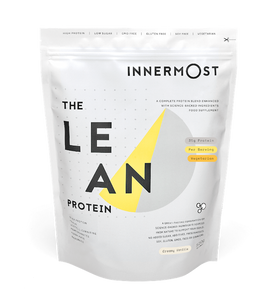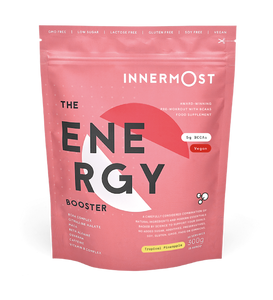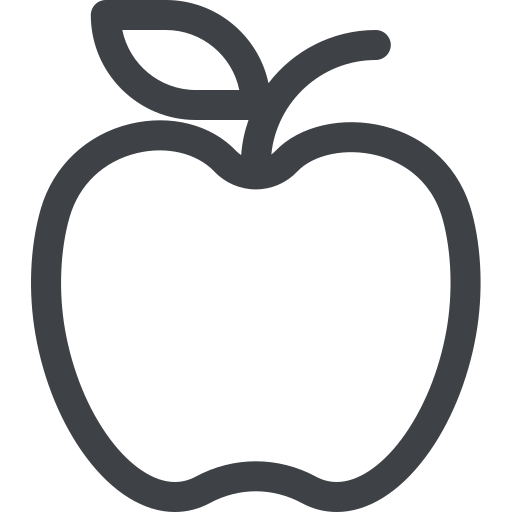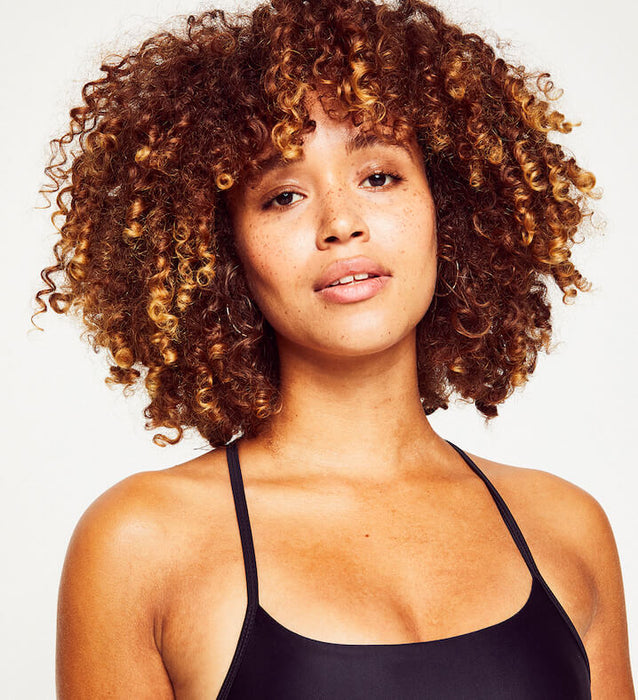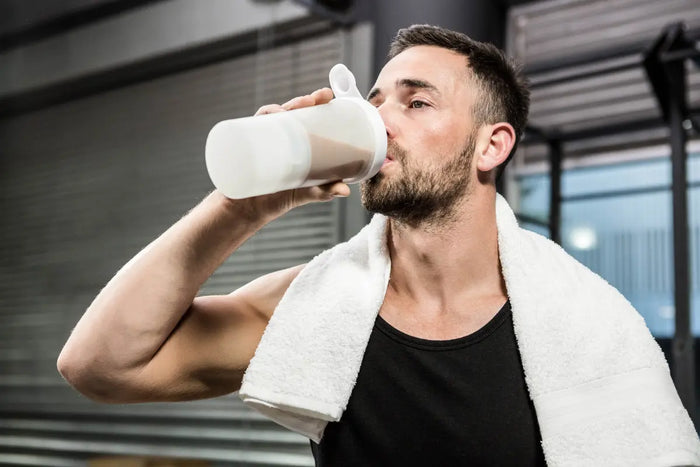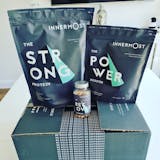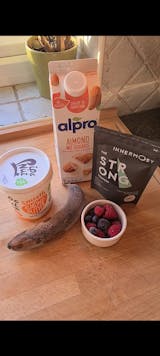Last year, the global fitness industry was valued at nearly $100 billion (£76 billion). And within this, boutique fitness was found to be one of the fastest growing categories, according to Business Insider. Between 2013 and 2017 alone, membership at boutique studios grew by a stratospheric 121% and, according to Savills, 29 new studios opened last year in London alone. As far as the eye could see, all signs for boutique fitness were pointing towards continued growth and success.
And then, the coronavirus happened. As international lockdowns were put into place across the globe, this thriving area of an already rapidly growing industry came to a sudden halt. As studios closed and classes stopped, businesses were forced into survival mode. Unlike the big fitness franchises and without the backing of the big corporations behind them, smaller, independent businesses were left out on a limb.
However, in a modern fitness industry that’s demonstrating previously unseen levels of creativity and imagination, not all hope was lost. From taking classes online to reopening studios with new safety measures in place, the pandemic presented an unexpected opportunity for boutique fitness studios to rise to a new challenge. And that they did.
“Lockdown was a tough time for all studios,” says David Kingsbury, founder of OPUS Fitness in Notting Hill, London. “However, I think that boutique studios have, on the whole, been able to manage the reopening process a lot easier than some of the bigger studios and the chains. Because we have such small classes and you have to pre-book, we know exactly who is coming in and out every single hour.”
OPUS has been open now since 25th July, when gyms in the UK were officially given the green light to get back to business. With a hand-washing station upon entry, staggered class times, no sharing of equipment, and a maximum class size of eight, studios like OPUS have had to completely rethink how they operate at every level. But what does this mean when boutique fitness studios rely on a USP of being intimate, close-knit communities that allow customers to feel more at ease and comfort than a regular gym?
“We’ve tried not to be too clinical about it,” Kingsbury says. “Our guests have a minimum of a metre and a half of space already in classes, and everything is very spaced out. We pride ourselves on knowing the names of everyone who comes through the door and building relationships with them, so 99.9% of people who come in are absolutely happy with the cleanliness and the safety. It’s been really well communicated and that’s really important.”
Similarly, at F45’s Tottenham Court Road branch, serious measures have been taken to keep customers safe and happy. Class capacity has been reduced to half (18 people), guests get temperature checks and have to sanitise their hands on entry, there are screens in reception, masks and visors are worn by trainers and staff, and deep cleaning takes place multiple times a day.
Mike Chapman, who co-owns the studio with his partner Amy Costello, says: “We normally move around during class, but now there’s tape on the floors so you have your own box that you stay in for the whole class and you have all your equipment in there. We can’t provide water or towels anymore and the changing rooms are limited to three or four people at a time. We all just want things to go back to normal, but we’ve got to play by the rules.”
Another studio going above and beyond is BLOK, who have locations in both London and Manchester. Like F45 TCR and OPUS, BLOK are ensuring every stage of the customer journey is as safe as possible. In addition to hand sanitiser, staggered class times, staff in masks and closed changing rooms (for now), BLOK also have a Track and Trace system in place, while classes have been re-designed to enable social distancing. Class attendees even have their own personal sanitising stations.
"We’ve been really really diligent," says Aaliyah Moreno, BLOK's Head of Operations. "And we’ve had really good feedback from customers about it. We’ve taken our own measures and we’re not just following what everyone else has done. In addition to the government, we’re following the World Health Organisation's (WHO) advice, so we’re covering all bases because our first and foremost priority is the care of our community."
Making the digital leap
But despite unusual new rules and restrictions, studios have nonetheless found a way to stay afloat in even the most uncertain of times. As has been the case in many other industries, the transition to digital platforms over lockdown was imperative, not just in order for studios to survive financially, but also to keep customers active and achieving their personal fitness goals.
F45 Tottenham Court Road is one of the many studios that continued to do online classes throughout lockdown, providing them at a discounted price to regular membership. “It was definitely super weird to coach through Zoom, especially with all the glitches and technical issues,” Chapman says. “We started online classes the week before lockdown because we started to get a lot of people suspending their memberships. We did one class a day live in the morning, and for those who couldn’t join live, we made it available on demand.”
OPUS, on the other hand, had launched an online platform last summer, but “it was very much Phase One” Kingsbury says. “We didn’t really push it that hard, but lockdown absolutely accelerated our approach to it.” Suddenly, OPUS was providing around 25 online classes a week, made up of both live and pre-recorded sessions. Although the studio is now open again, it’s still providing around six online classes a week. “We knew it would work,” Kingsbury says. “But we didn’t think it would work on this scale. So it’s definitely something we’ll carry on with.”
BLOK were also "already planning on launching a digital platform", says Soraya Smethurst, BLOK's Head of Sales and Marketing. BLOK TV took off in unprecedented ways, resulting in BLOK now having customers in 134 countries. "We had a lot of it in place already," Smethurst continues. "In many ways, the gyms being shut allowed us to just do it a lot quicker. The digital strategy was always about keeping the community as engaged as possible. People get used to doing their regular classes with their regular trainers and it’s nice to keep that going."
Keeping the community alive
But providing online classes went far beyond being purely a financial lifeline or a way of retaining customer interest - they kept the community feel that boutique fitness studios rely on alive. For OPUS, taking the digital plunge has enabled them to stay connected to clients more than ever before. “We have a lot of clients who have second homes, whether in the UK or abroad,” Kingsbury says. “These people also tend to be our PT clients who we see more often. Normally, they’ll go away for the whole summer and we won’t see them. But now, it’s enabled us to stay connected to them and train with them throughout the summer.”
Some clients even took matters into their own hands. At F45, Chapman says: “We had a private Facebook group for everyone who continued a membership with us over lockdown. We’d do daily challenges and just have general chit chat and banter. I know some members even organised drinks over House Party or Zoom on the weekends, which was really nice to see.”
However, customer loyalty also manifested itself in other ways. Despite many memberships being paused for the foreseeable future, Chapman says other clients continued paying their full memberships over lockdown “to show their support for the studio, even though they weren’t using them”.
Evidently, the effort spent cultivating communities in these studios paid off. At OPUS, clients also found ways to go to great lengths to show support. Kingsbury says: “The Monday before lockdown, we loaded up a van and hired out our reformers and equipment to our PT clients to use at home. It enabled us to close instantly but still continue business.” Kingsbury says, however, it was also a matter of maintaining the standard they’ve always worked so hard to provide. “When you’re a premium service, you can’t just go from offering luxurious facilities with top notch equipment, to saying to people: ‘We’ll carry on the PT at home but just with a yoga mat and bottle of water.’ We had to keep up that standard.”
Initiatives like this, in addition to running the online classes and generosity from clients, have also meant that studios have been able to properly support their staff since lockdown. “From day one, we were adamant about making sure our trainers were paid and supported, and that we were upholding our brand values,” Kingsbury says. Similarly at F45 and BLOK, staff have been fully supported and the community shows no signs of losing hope.
For now, the fitness industry must continue to look to the future. “Not knowing has been the hardest part,” Kingsbury says. “We’re a very target-driven business, in the sense that we set ourselves stretch goals of what we want to achieve. It’s difficult to operate that way when everything’s been so up in the air. But things could be worse. We’ve got a supportive team and client base, so we have to take it for what it is and just crack on.”
To keep up to date with everything going on at F45 TCR, BLOK and OPUS, make sure to follow them @f45_tottenhamcourtroad, @bloklondon and @opusfitness. And if you'd like to support BLOK by helping them grow their global digital platform, be sure to check out their Crowdcube page here.

